Dragons are the undeniable mascots of fantasy art and illustration. They embody the genre – Firmly anchored in reality, but vigorously tearing free of it at the same time.
When forging a dragon there’s no substitute for real world observation. The animal kingdom delivers an astounding palette of material to work with, from overall body structure to the fine detail that can help your dragon take flight.
There are some aspects of the classic mythological dragon that can make them troublesome subjects to render, so let’s touch on those potential stumbling blocks first.
All animals with backbones share some fundamental similarities. Terrestrial vertebrates appear to have a single four-footed root in their family tree. A very, very long time ago, early tetrapods (“four feet”) dragged their bodies from the water’s edge onto land and have spent the 300-something million years since evolving into the amazing array of backboned animals on earth – including us. A sprinkling of examples of our distant relatives might include dogs, cats, birds, snakes, dolphins and dinosaurs. We’re all tetrapods. We share a common lineage built around four limbs, a spine and a skull.
That’s all well and good, until you try to let dragons roost in the family tree.
Dragons, in their stereotypical four-legged winged forms are not tetrapods…they’re hexapods. The only real hexapods on earth are insects. So that extra set of limbs on dragons can be a problem. My biggest frustration with dragons is figuring out how and where to plant the damned wings.
The fossil record shows powered flight being achieved by insects, birds, bats and pterosaurs. Insects aside, all use modified front limbs to flap through air. That muscle takes up a lot of space, and adds a lot of extra mass to lift. With the exception of snakes, we all have muscle groups ringing our rib cage that help us move those front limbs. The placement of those muscles provides strength, leverage, and a wide range of motion. So what happens when you try to put one almost right on top of the other? It’s a mess.
Where do you put all that added muscle and bone?! If you want to make something that can actually fly, prepare for a tough slog. The bigger the dragon, the more lift it needs to get off the ground, and the more muscle you need to move those wings.
In the real world, the limits of flight by an animal were stretched by the largest winged animals known. The pterosaur Quetzalcoatlus had a wingspan estimated at nearly 40 feet, and weighed maybe 500-550 pounds. In modern terms that’s somewhere around the weight of a smallish zebra. That kind of rules out a creature that could swoop down and snatch up a horse and rider.
But this is fantasy.
There’s a point at which scientific accuracy needs to step back and let “cool” take center stage.
You can still use building blocks from the natural world to make creatures that look realistic and inspire wonder in your viewers. Challenge nay-sayers who list reasons why your beasts can’t fly to use their brilliance to devise a rationale for how they could.
Nature has done some ingenious problem solving in the past. For example. Think about turtles. For the sake of protection, their front legs and shoulder blades actually develop inside their rib cage. Maybe something as trivial as adding an extra set of limbs shouldn’t be so difficult. I’m willing to give nature the benefit of the doubt.
Ignoring mundane things like physics and the limits of real-world physiology, let’s go over some practical considerations:
First, what kind of mood do you want your dragon to convey? Is it sinister and crafty? Lean and energetic? Regal? Old? Young? Create a personality. Think of your dragon as an individual with a reason to be in your story. Make it a character with depth, voice and purpose.
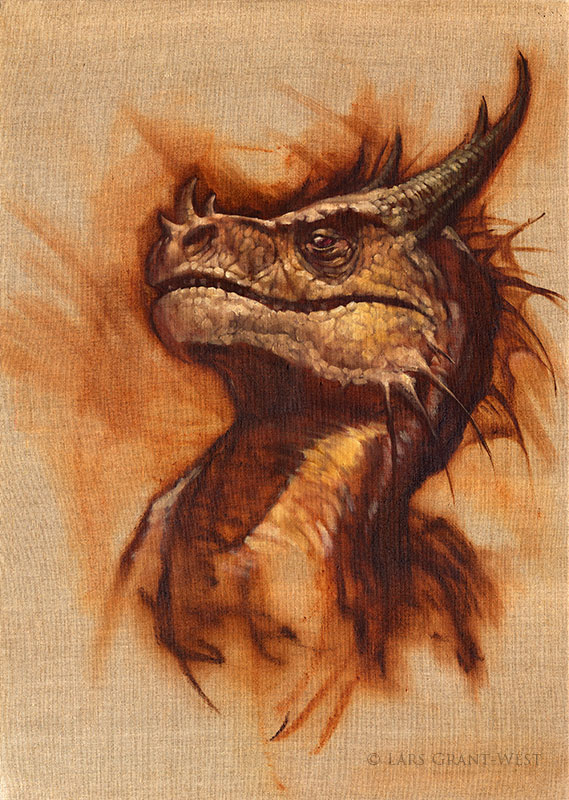 |
| The Matriarch – Portrait of an Aged Dragon |
Start with a general shape and carriage from nature that delivers the mood you’re after, and build from there.
• Bear in mind that with wings, balance is important. Things look more natural if what’s behind the wings can counterbalance what’s in front.
Don’t short-change the wing musculature! Those limbs need to lift the full unsupported weight of the body. No need to reinvent the wheel. As Dan mentioned, Todd Lockwood’s musculature design is brilliant. It reads as both scientifically plausible and visually elegant. This art is an invaluable resource for the dedicated dragon designer:
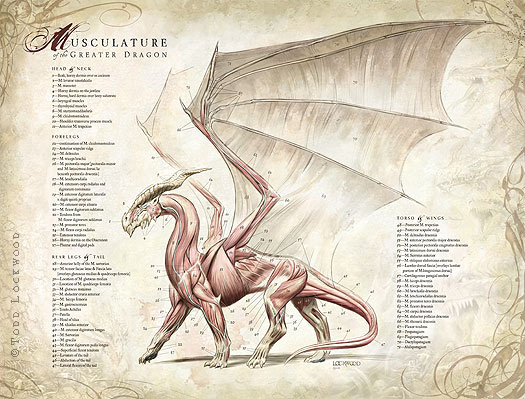 |
| © Todd Lockwood |
AFTER you’ve explore the overall structure and posed it in an interesting way it’s time to add the finishing touches. Surface detail can play an important supporting role. Jump back to the natural world to add spice to your creation. While coloration and surface detail should never be relied on to carry your dragon, they can do a lot to make it more credible. What animals interest you and why? Any interesting color/patterning or texture can be transposed onto your creation. Make sure these later additions augment the mood you’re targeting.
As an example of how much observed detail can help sell a concept, look at this critter created by Wayne Barlow for his amazing example of ecosystem design, the book “Expedition”.
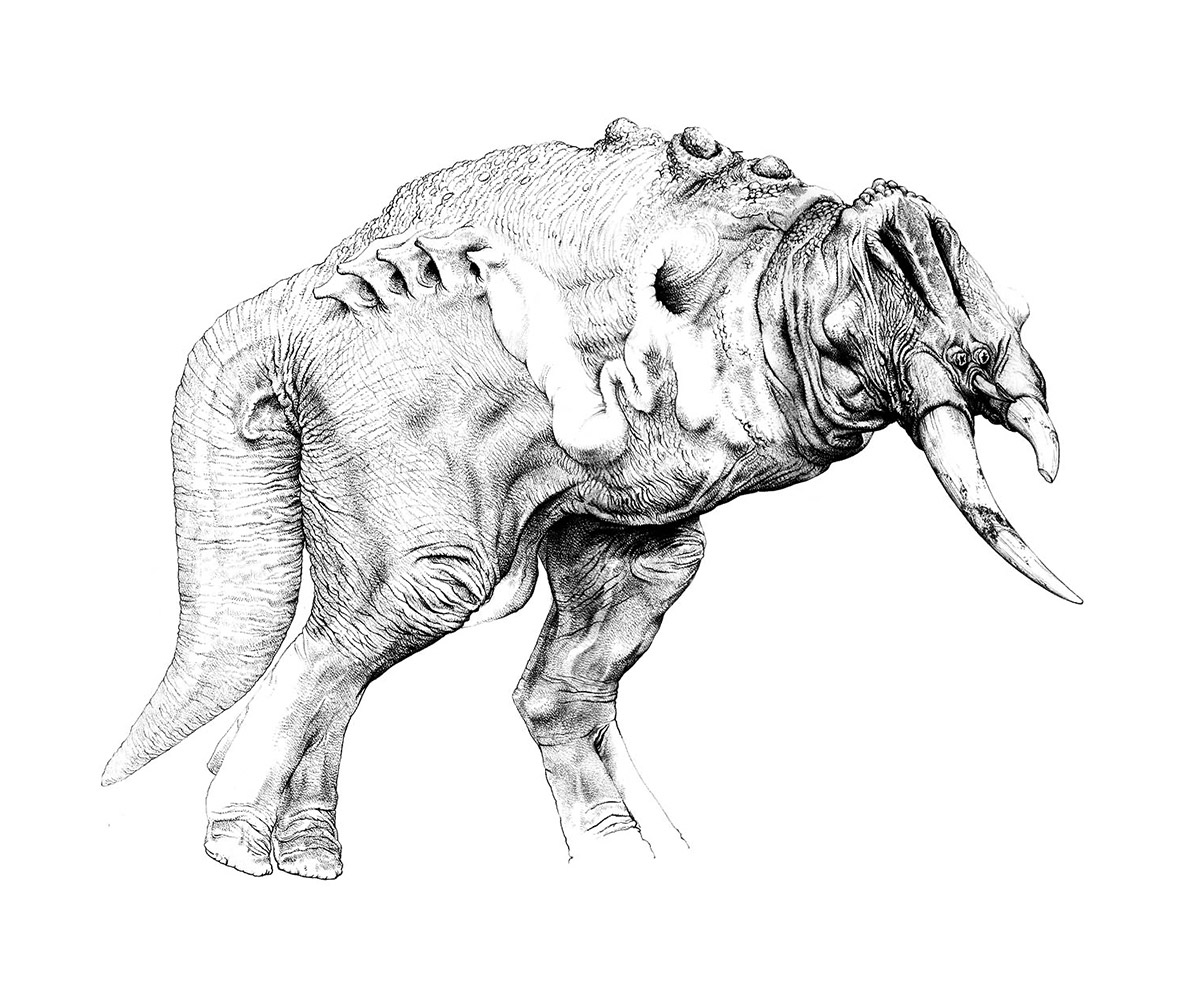 |
| © Wayne Barlowe |
This truly unusual and bizarre creation doesn’t resemble any real animal, but Barlowe has crafted something that can move, breath, find food, and survive. Picture an elephant and you’ll see some similar components arranged in a very different way. The placement of the Unth’s lumps, folds, spikes and sphincters is indisputably alien, but the result is disturbingly convincing and uncomfortably familiar.
So mood – gesture – big forms – small forms – details…in that order.
When you set out to create a dragon, search the natural world for inspiration. When your dragon begins to congeal inside your head, believe that your creation is real. Pull out the stops and go wild. Nature’s been doing it for billions of years.
 |
| Cyberdragon, © Lars Grant West |
For more of Lar’s art, check out his website at: http://www.larsgrantwest.com


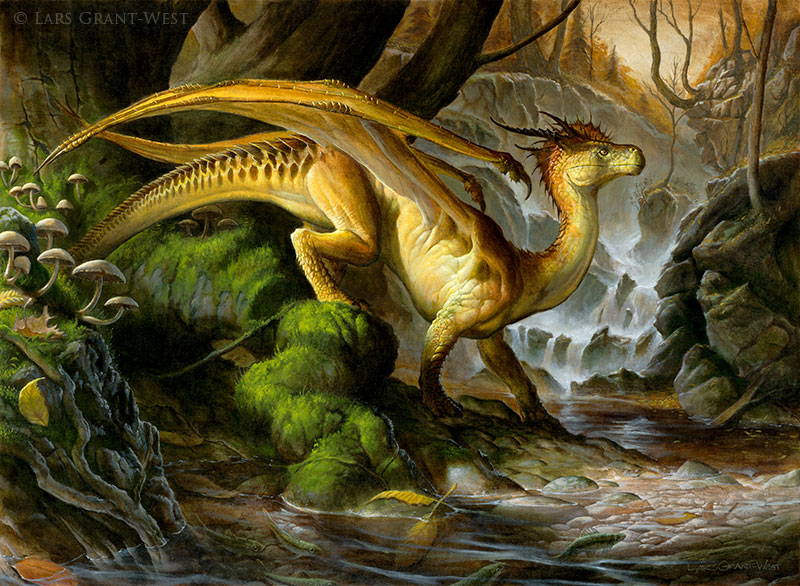
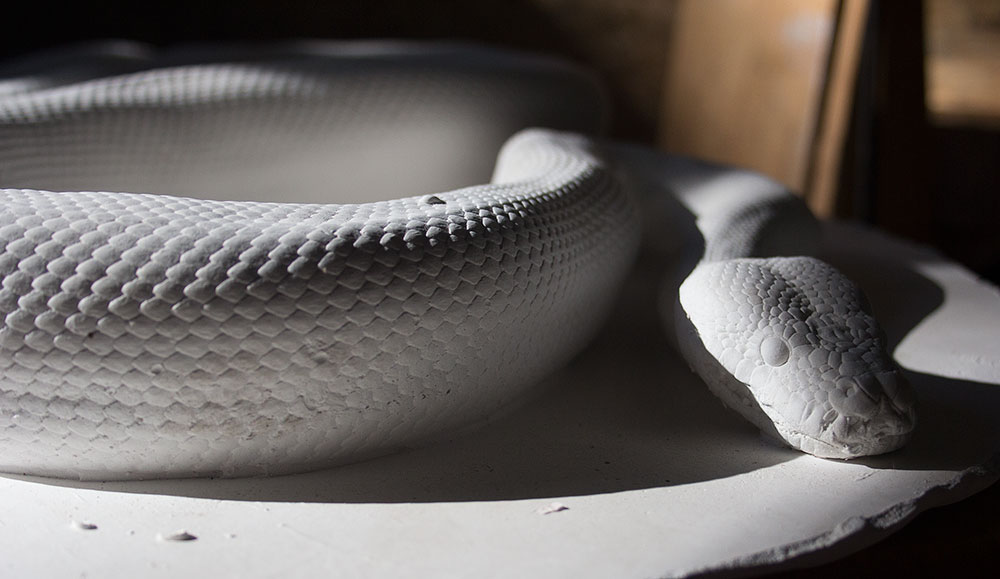
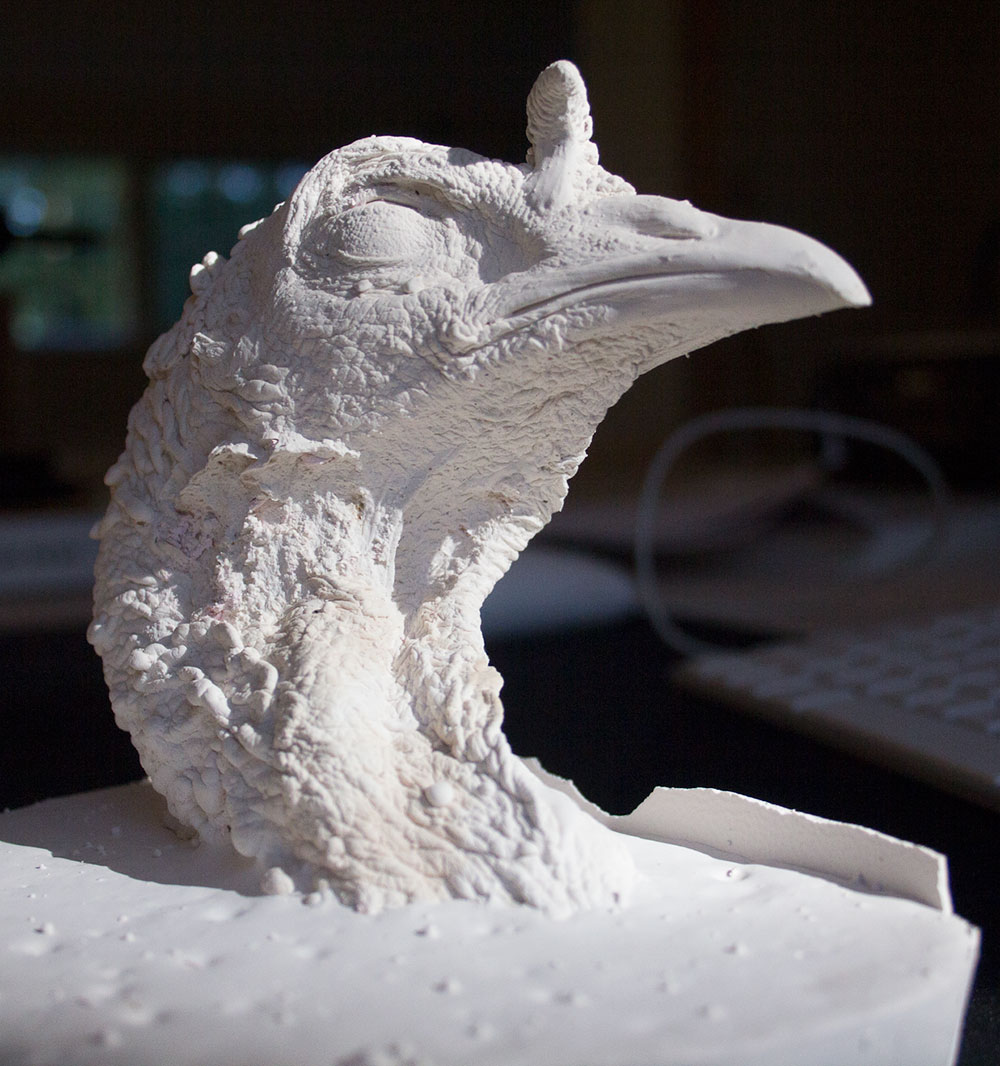
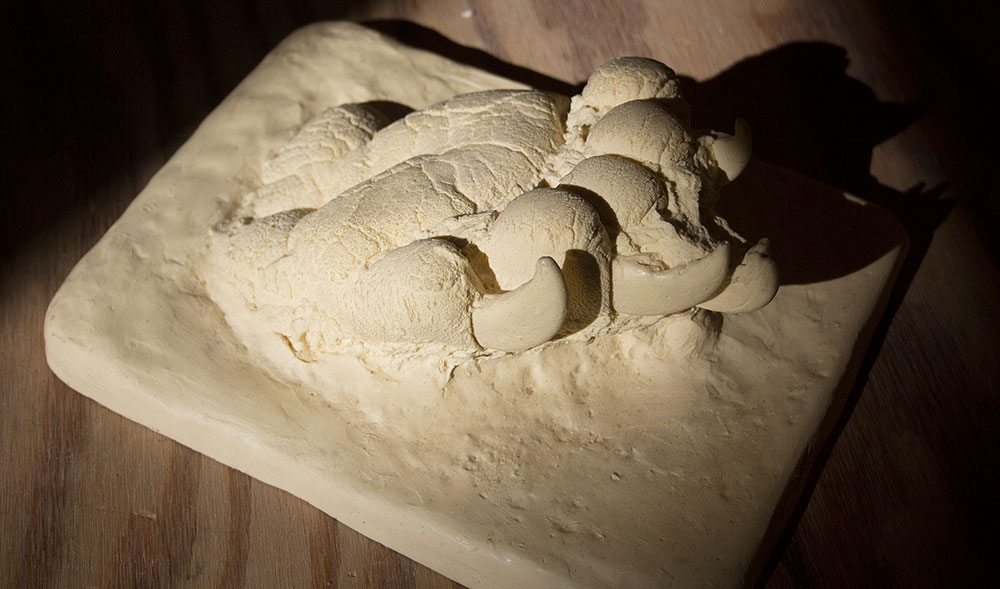
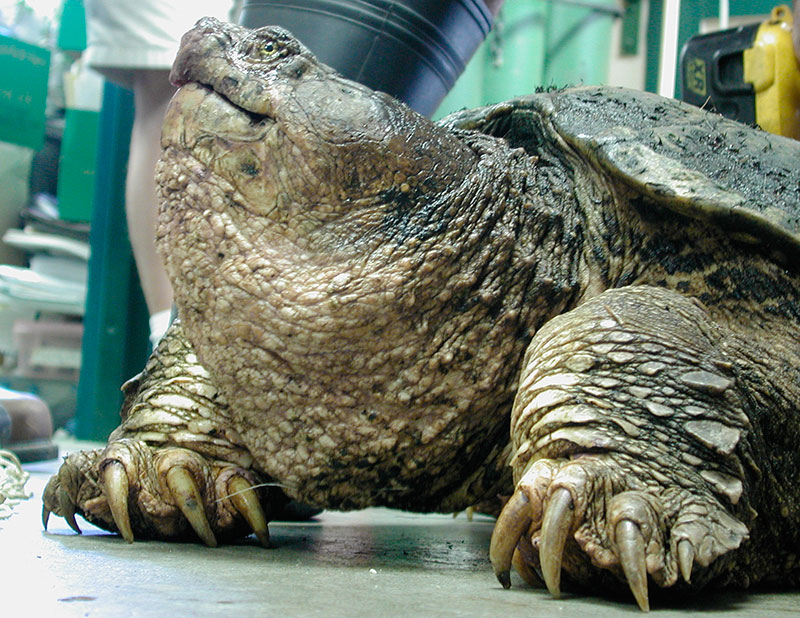
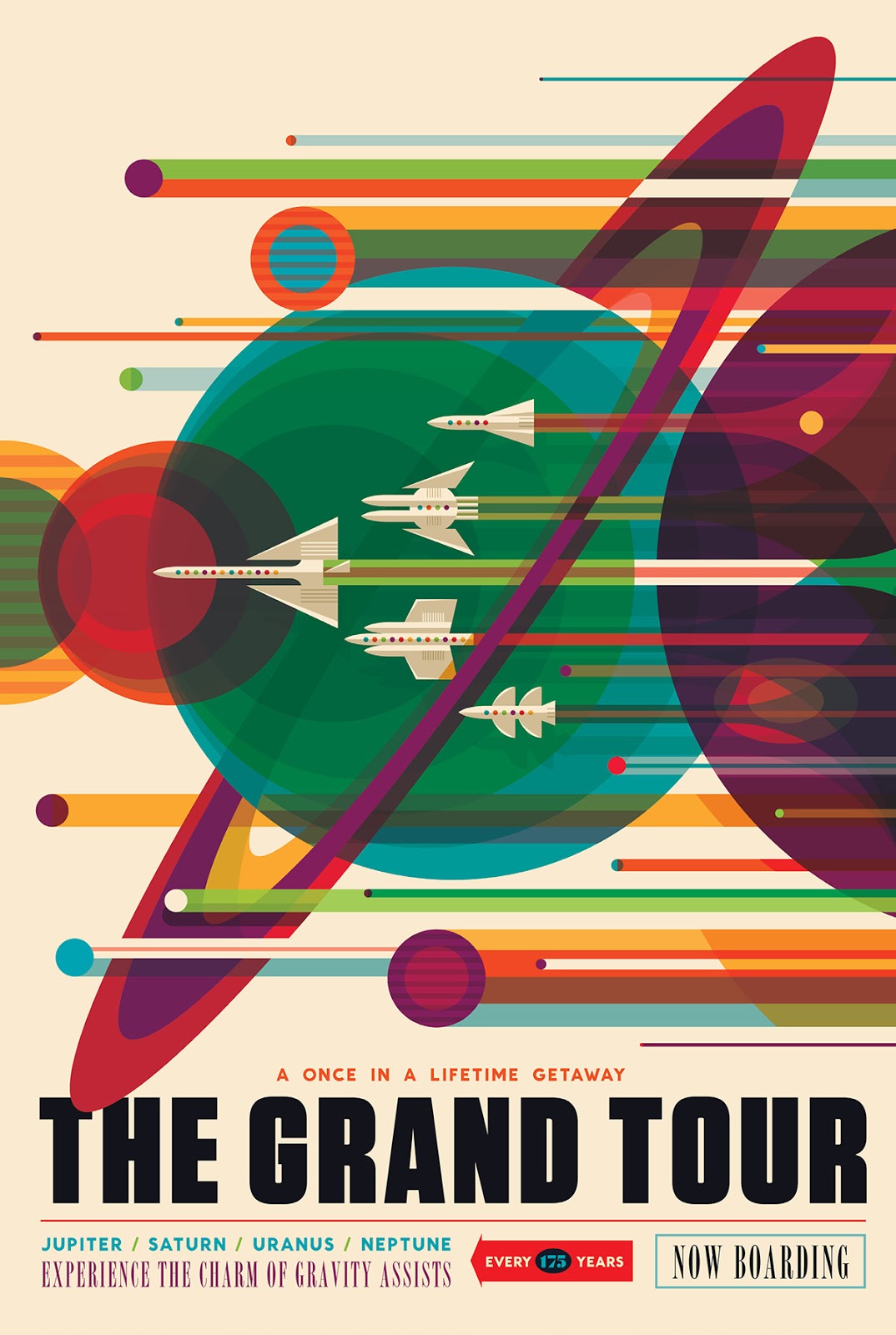
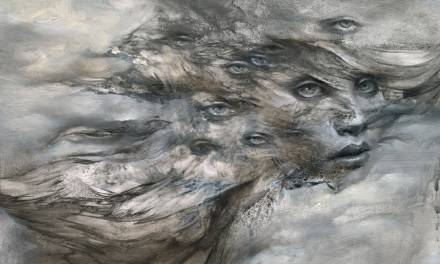
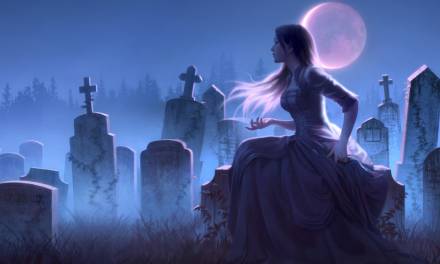
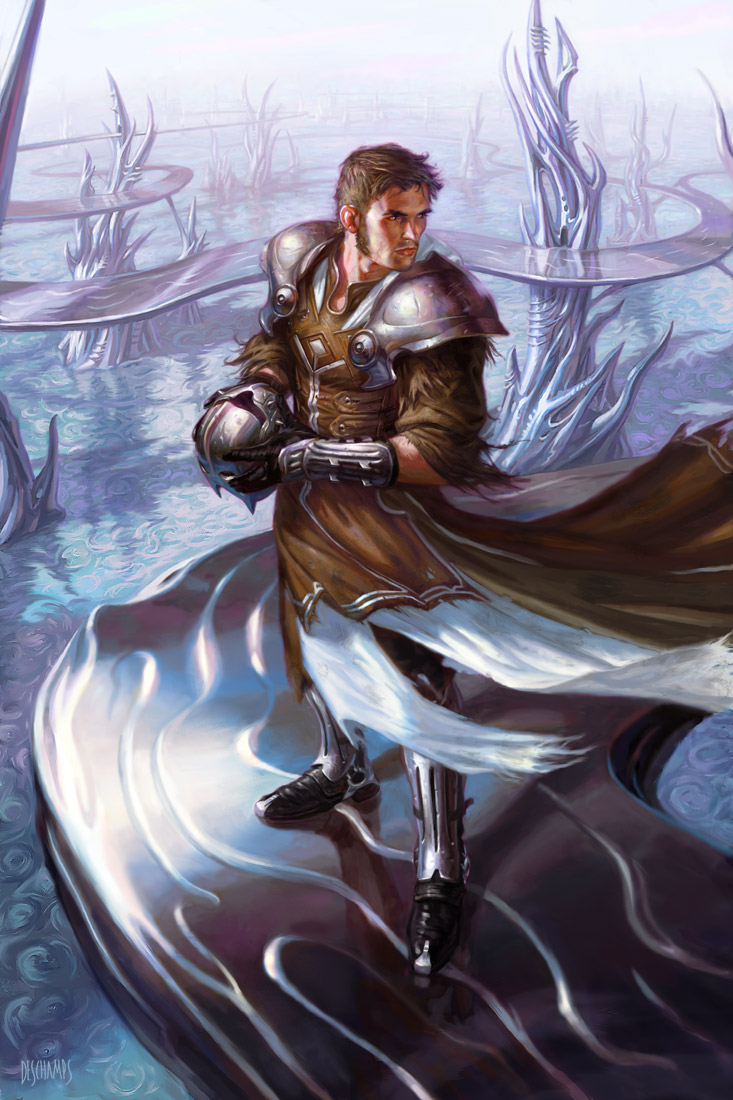
Nice blog Lars, and of course beautiful work!
I appreciate the discussion about how to think about your prospective dragon's physical plausibility, but as important as that consideration is, how it must be tributary to the expressive intent informing your dragon. It reminds me of Nathan Goldstein's advice on how knowledge of anatomy should play into (admittedly human) figure drawing: “The best artists utilize anatomy; they don't eulogize it”. And I really like the Matriarch dragon!
that's a pretty interesting point that's worth bringing up. as an illustrator, knowledge of human (or animal) anatomy is invaluable. i find that in most personal and historical occasions one has to sometimes forego those resources in order to create an astounding piece. Take N.C. Wyeth's Old Pew for example. his legs and arms are strange. I'd find anyone living today very far pressed to mimic that pose- probably because Wyeth pulled some anatomical strings to make it happen. I think that we would be hard pressed to mimic most poses in fantasy art. sometimes it's just necessary, but the anatomy makes it believable, which these dragons are certainly believable. speaking of making something breathe and hunt, you've done a splendid job Mr. West!
Thanks Raoul!
Thanks for the kind words and interesting thoughts! You've both given me some things to research further! 🙂
Having posed for the occasional reference (free models are good!) and abused friends for the same reason I can testify to the fact that many poses truly are impossible for anyone who isn't a circus contortionist. A physically accurate pose can foil a composition. Knowing where to break anatomical rules to make a composition work is important. It's important that that be a deliberate choice rather than a drafting error.
I can forgive gigantic dragons as long as their wings are anatomically correct. So many artists and even working professionals put huge gaps in the membrane, or don't stretch it down far enough to give the creature a realistically sized flight plane. A lot of them also, as you said, have no idea how to put them on the body. I do what Todd Lockwood does, put them behind the forearms, rather than in front or on top, and overlay the musculature over everything else like a blanket. If you put them in front, there's not enough space for the huge pectorals they need, if you put them on top of the forearms, then the two sets of limbs will impede each other, and it makes for an anatomical mess in general. A dragon can be painted as beautifully as possible, but if the wings are messed up it will bug me to no end and ruin the image for me. And it's the easiest thing in the world nowadays to look at an image of a bird, pterosaur or bat and see for yourself how flight works.